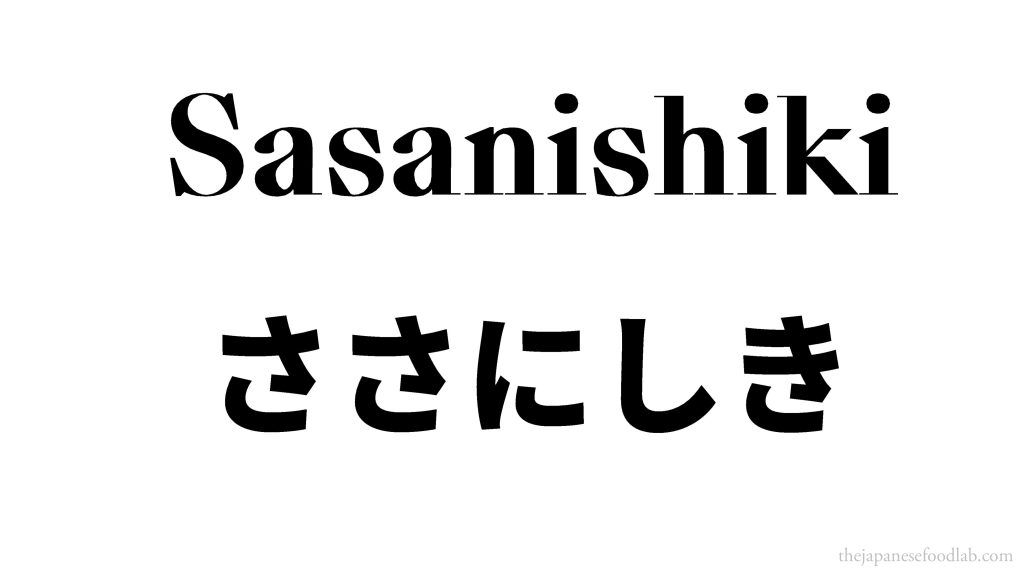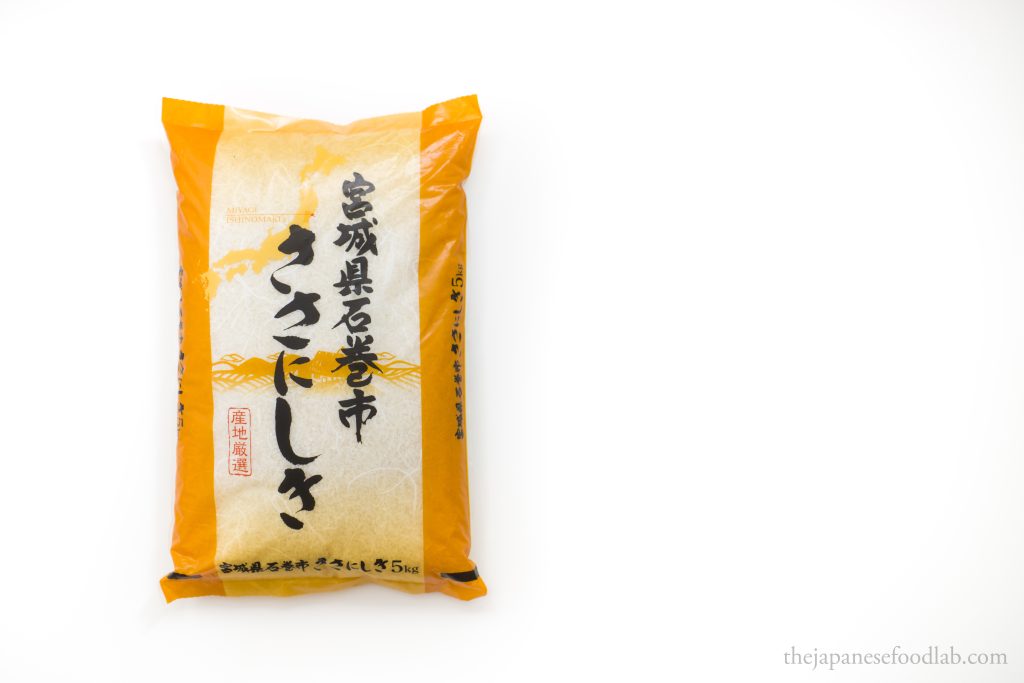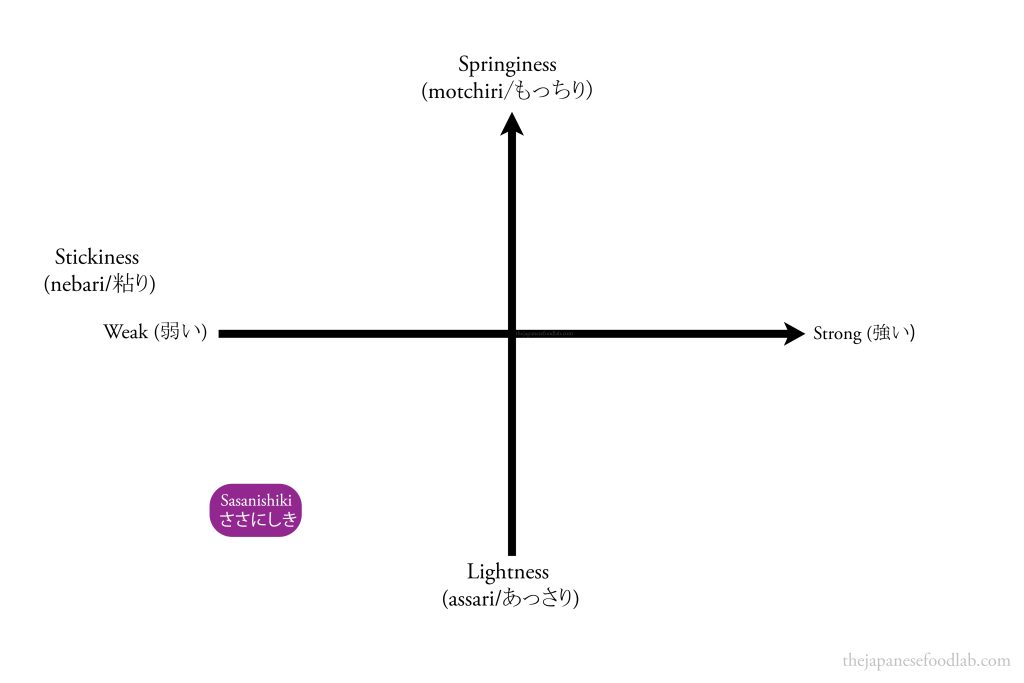
Why is Sasanishiki Rice Special?
We have a deep appreciation for Sasanishiki rice not only because of its reputation as a choice grain for making sushi, but because it gives us a glimpse into the past- how preferences in taste and texture have changed over time, in turn affecting the availability of different rices on the market.
The breeding project for Sasanishiki rice began in 1953 at the Miyagi Prefectural Agricultural Experiment Station (に宮城県の古川農業試験場), with the rice finally going to market in 1963. Back then, the emphasis wasn’t so much on improving taste but instead trying to increase yield as much as possible. In this case, the aim was to breed a rice would suit a double cropping strategy (二毛作) to farming, with wheat grown in the winter and rice grown in the summer.
The planting of Sasanishiki rice was not only a success, but people began to realize that it had an exceptionally light mouthfeel. Upon further investigation, it was discovered that this was due to its higher amylose content compared to Koshihikari rice. As a result, the popularity of Sasanishiki rice grew, with it becoming the second most planted rice variety in Japan at its peak. Because of this, Sasanishiki was once referred to as the ‘Yokozuna of the East’*, a title reflecting its popularity in the Kanto region. Meanwhile, Koshihikari, was known as the ‘Yokozuna of the West’.
Unfortunately, the focus on breeding a rice variety with a high yield comes with compromises. Evolution-wise, the acquisition of adaptations by an organism is always restricted by trade-offs. If there were no biological constraints on evolution, then all organisms would converge on becoming Darwinian Demons. In this case, Sasanishiki rice had particularly thin stems that made them prone to falling over, whilst also having a low resistance to cold weather. Furthermore, the variety was not resistant to blast disease, which is a rare trait in most modern Japanese rice varieties today.
This culminated in the cold summer of 1993 where farmers experienced massive losses of Sasanishiki rice, leading to a loss of market reputation. Since then, the share of Sasanishiki rice being grown in Japan has been declining steadily.

Further Information about Sasanishiki Rice
Rice consists of two different kinds of starch in varying proportions- amylopectin and amylose. The higher the proportion of amylopectin, the stickier the rice. For example glutinous rice is made entirely out of amylopectin and no amylose, giving it its chewy and sticky characteristic that allows it to be molded into mochi or rice cakes.
Back in the day, rice with a high amylose content was considered desirable as it gave the rice a more solid mouthfeel. It also meant that for applications such as sushi where vinegar is added to the rice, it doesn’t lose its texture, allowing you to still be able to taste the individual grains of rice in your mouth.
Trends in food preferences are constantly evolving and with it so do markers of quality. In modern day premium rice varieties like Yumepirika from Hokkaido or Milky Queen, the emphasis is on more fluffy and glutinous rice. This is achieved by specifically breeding them to have a lower proportion of amylose and a high proportion of amylopectin. To put it in perspective, Sasanishiki is made up of around 20-23% of amylose whilst Milky Queen is bred to be below 12% amylose. This change in consumer preferences have definitely affected the sales of Sasanishiki rice up until today, but Sasanishiki rice still occupies the niche for high amylose rice.
Sasanishiki’s Japanese Grain Inspection Association Ranking
Despite being on the market for so many years, Sasanishiki rice has only won the prestigious special A grade ranking once in 1995. In our opinion, some varieties of rice, such as Massigura and Sasanishiki, occupy the niche of affordable and approachable everyday rices and therefore tend not to be ranked highly by the Japanese grain inspection association. However, this does not indicate a lack of quality or taste, but rather an indication of their suitability for regular consumption. These varieties are cultivated to provide a balance of good flavor, texture, and cost-effectiveness, making them a preferred choice for daily meals among a wide range of consumers.

How does Sasanishiki rice taste?
We recommend reading our article on how rice is evaluated in Japan and our in depth discussion on how rice selection charts work to better understand this section.
From our experience, Sasanishiki rice has the lightest taste with the lowest amount of stickiness, meaning that it is as far opposite from glutinous rice as you should get. Because of this, we recommend it with vegetable dishes such as tempura, as meat dishes can be heavy and overpower the texture of the rice.
As elaborated on above, we particularly recommend using Sasanishiki rice when first learning how to make sushi because it is much more beginner friendly. With other varieties of rice, it’s much easier to add too much water to the rice when cooking, causing the rice to become mushy when additional sushi vinegar is added. This in turn makes the grains of rice easily squish together when being shaped as nigiri.
We highly recommended Sasanishiki rice for making onigiri and sushi.
*The term ‘Yokozuna’ (横綱) refers to the highest rank in professional sumo wrestling in Japan. It is a title of great honor and respect, and it denotes a wrestler who not only has demonstrated superior strength and ability but also a consistent level of excellence in performance and conduct. A Yokozuna is expected to be a role model for other wrestlers and to uphold the traditions of sumo.